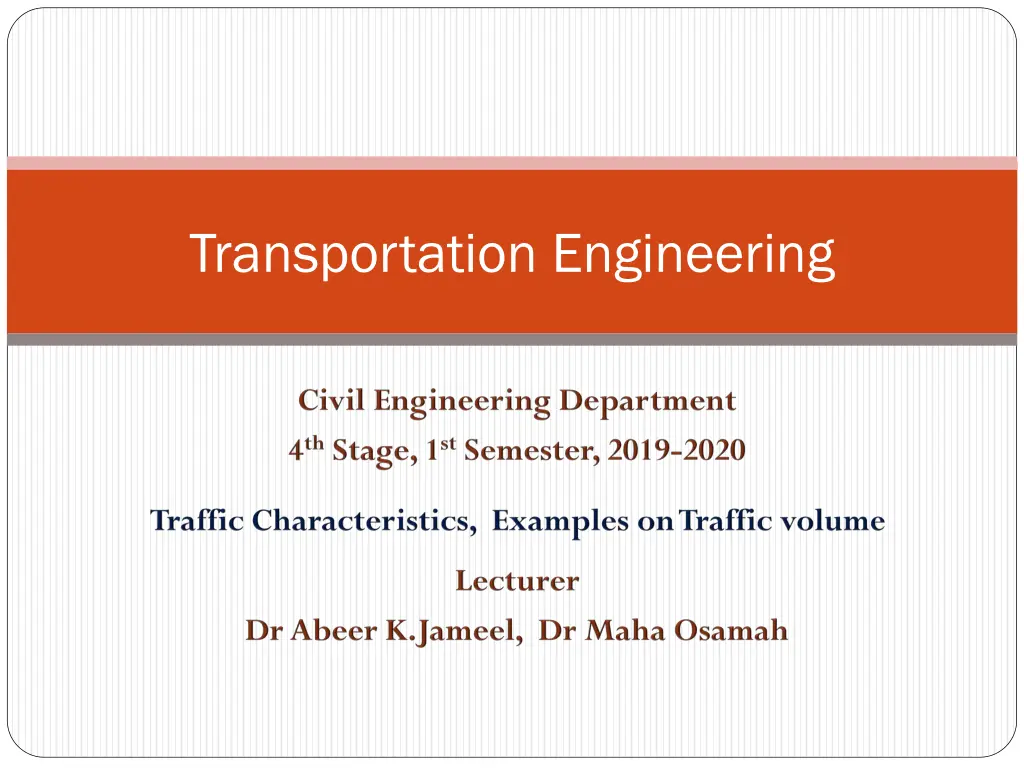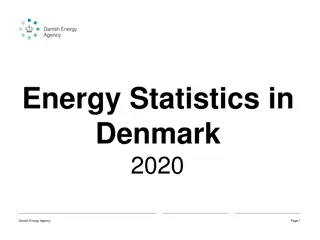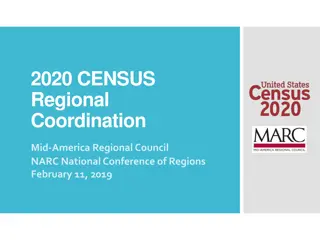
Understanding Traffic Characteristics and Solutions for Transportation Engineering
Explore examples of traffic volume data analysis in transportation engineering, including calculating total hourly volume, flow rate, and peak hour factor. Learn how to interpret traffic patterns and make informed decisions for highway design and capacity planning.
Download Presentation

Please find below an Image/Link to download the presentation.
The content on the website is provided AS IS for your information and personal use only. It may not be sold, licensed, or shared on other websites without obtaining consent from the author. If you encounter any issues during the download, it is possible that the publisher has removed the file from their server.
You are allowed to download the files provided on this website for personal or commercial use, subject to the condition that they are used lawfully. All files are the property of their respective owners.
The content on the website is provided AS IS for your information and personal use only. It may not be sold, licensed, or shared on other websites without obtaining consent from the author.
E N D
Presentation Transcript
Traffic Characteristics: Examples Traffic Characteristics: Examples Question Traffic volume data has been collected for 15 min time intervals as shown below. Find the total hourly volume, flow rate and peak hour factor (PHF). Time 7:30-7:45 7:45-8:00 8:00-8:15 8:15-8:30 Volume 250 350 300 200
Traffic Characteristics: Examples Traffic Characteristics: Examples Solution Time 7:30-7:45 7:45-8:00 8:00-8:15 8:15-8:30 Total (Vph) Volume 250 350 300 200 1100 Total hourly volume= 250+350+300+200 = 1100 veh Number of intervals =4 Peak interval > 7:45-8:00 Peak volume per interval 350 v/15min. Flow rate= Peak interval volume *number of intervals = 350*4=1400vph PHF= total hourly volume/flow rate= 1100/1400= 0.786
Traffic Characteristics: Examples Traffic Characteristics: Examples Question Traffic volume data has been collected for 10 min time intervals as shown below. Find the total hourly volume, flow rate and PHF. Time 7:30-7:40 7:40-7:50 7:50-8:00 8:00-8:10 8:10-8:20 8:20-8:30 Volume 150 200 300 200 150 100
Traffic Characteristics: Examples Traffic Characteristics: Examples Solution Time 7:30-7:40 7:40-7:50 7:50-8:00 8:00-8:10 8:10-8:20 8:20-8:30 Total Volume 150 200 300 200 150 100 1100 Total hourly Volume = 150+200+300+200+150+100=1100veh Number of intervals =6 Peak interval > 7:50-8:00 Peak volume per interval 300 v/10min. Flow rate= Peak interval volume *number of intervals = 300*6=1800vph PHF= total hourly volume/flow rate= 1100/1800= 0.61
Traffic Characteristics: Examples Traffic Characteristics: Examples Question The daily counts of the current traffic volume for a rural highway and for both directions, for one week of May 2000, are as follows: Day Sat. Sun. Mon. Tue. Wed. Thur. Fri. Daily Volume 12000 12500 10500 11500 9500 9000 8500 The traffic composition is 70% passenger cars, 20% buses and 10% trucks. The traffic is expected to be 180% from the current traffic up to May 2020. Find the required number of lanes for the highway if the lane capacity is 1300 pc/hr/ln. Assume k=0.15 and D=0.6
Traffic Characteristics: Examples Traffic Characteristics: Examples Solution ADT=sum of traffic/Number of days Current ADT=(12000+12500+10500+11500+9500+9000+8500)/7 = 10500 veh/day/2directions Future ADT=10500*1.8=18900 veh/day/2directions. DHV=ADT* K =18900*0.15=2835 veh/hr/2directions DDHV=DHV*D DDHV (pcu/hr)=1701*0.7*1 +1701*(0.3)*1.5=1956 pcu/hr/ direc. =2835*0.6=1701 veh/hr/direction No. of lanes = 1956/1300 = 1.5 lanes (use 2 lanes) >4lanes/both direction






















